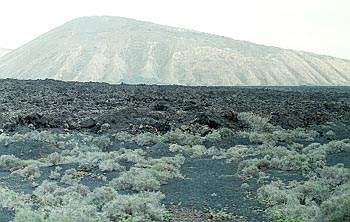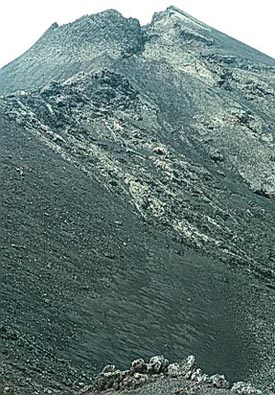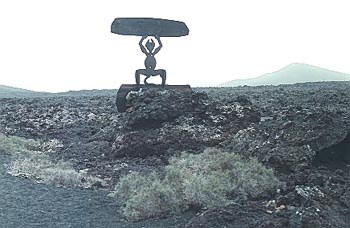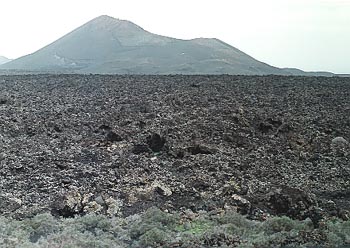This is a story of a journey to a small island in the Atlantic, Lanzarote. Its size is about 50 km by 20 km and it belongs to the Canary Islands, Spain. At first glance, everything is black except for white stained walls of small houses. Beaches are black and if not black, it is called Playa blanca, meaning white beach! A slight breeze will welcome you; sunshine may sometimes be hindered by swiftly passing white clouds. Always mild with an average daily temperature of between 20 to 25șC. Rain? Forget it. In a year, about 20 mm rain would be too much for Lanzarote! It is thus extremely dry there. The airport is in the capital named Arrecife where more than half of the population lives. Lanzarote has 100.000 inhabitants and 4 times more tourists in any given time. It is surely a fascinating island.
And what do you want to do during your holiday? Discovering underwater life by a boat or diving, traveling in a low gear on the back of a camel or in a four-wheeler on a very rough surface, or something else? From large to small and then to microscopical, perhaps? Yes, that's it. Let's undertake together an adventure by a step-wise diminishing of the size of objects. Are you coming with me? Fine, but be patient. This is a long story with lots of images.
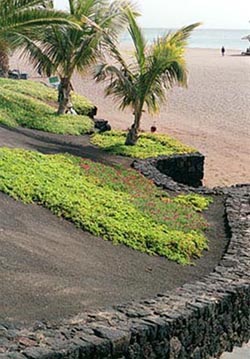
Black is everywhere; the beaches, stones, banks, dikes, walls around plants and vineyards. Most important of all, the very fertile soil is black too.
.
Lanzarote has over 300 volcanoes! An amazing number of huge cones with craters in such a small island! You cannot find a safe place from where no volcano is visible.
.
The tops of many volcanoes are eroded. The cones are mostly gray to black and surrounded by very rough and bare features that cannot be assumed to be fertile soil.
.
.In the south-west about 1/5th of the total surface of the island is covered by very raw, fresh lava which flowed 250 years ago. The geologist would say this happened just "yesterday". When volcanoes started to spew their red fluid lava in 1730 it was carefully chronicled by a priest. Therefore, we know exactly that the volcanic activity and lava flow continued for an abnormally long time and lasted 6 years! This freshly covered area is nowadays under strict control, and kept as a national park supported by Unesco. Just at the entrance of the National Park Timanfaya, you find an artistic symbol made by one of the famous citizens of Lanzarote, Cezar Manrique. On this island, there is no place where something couldn't be related to this extraordinary architect of world renown.
.
